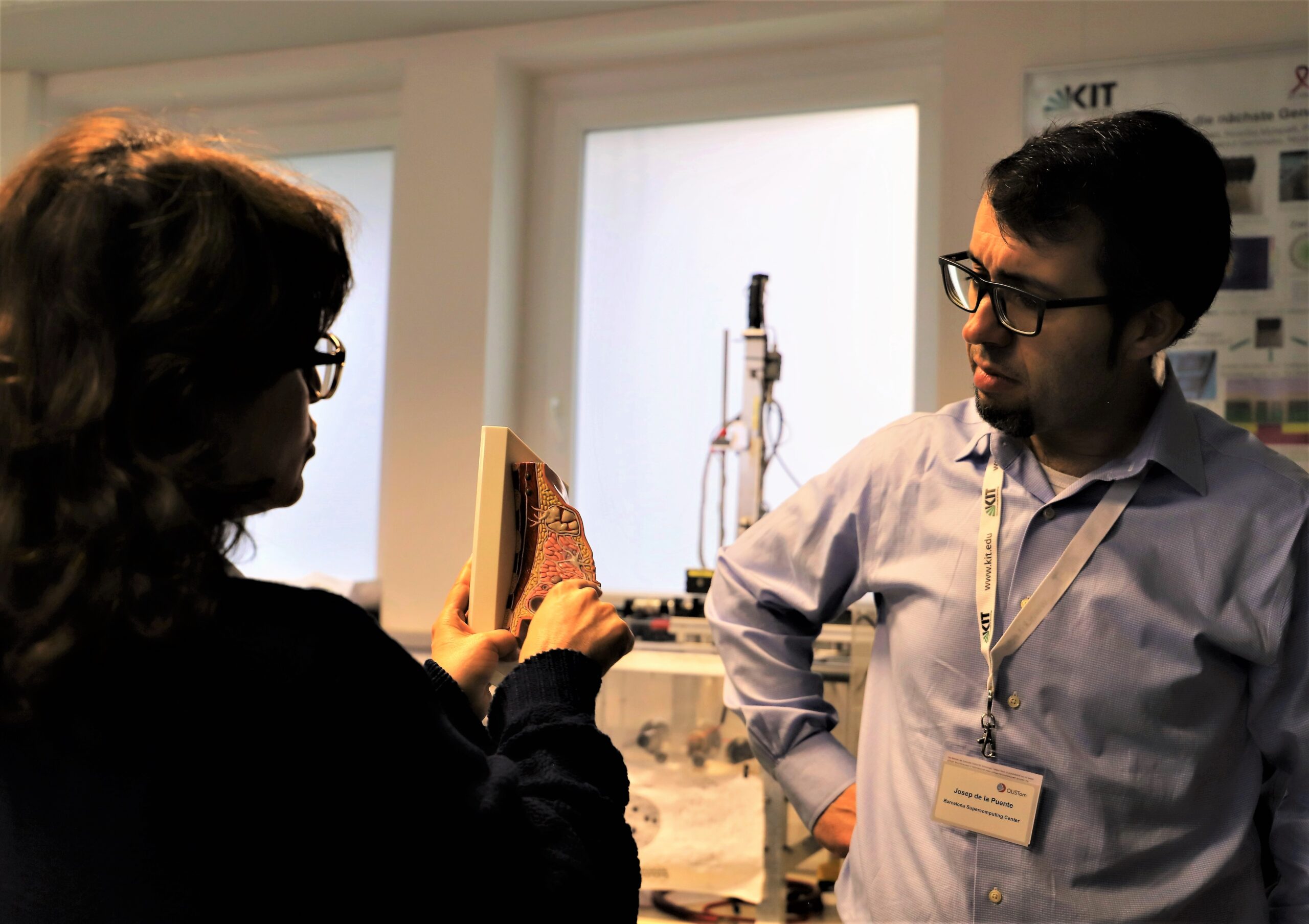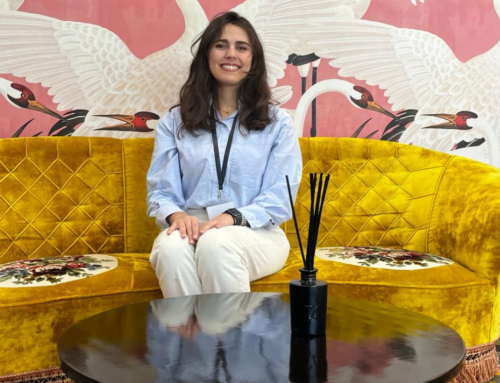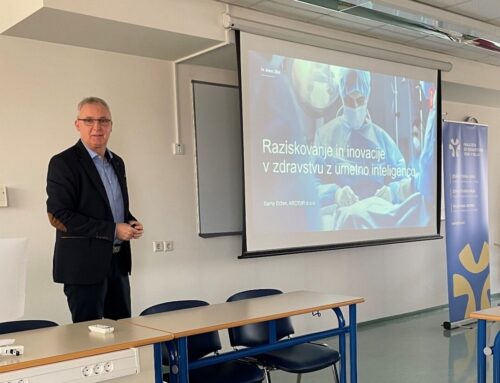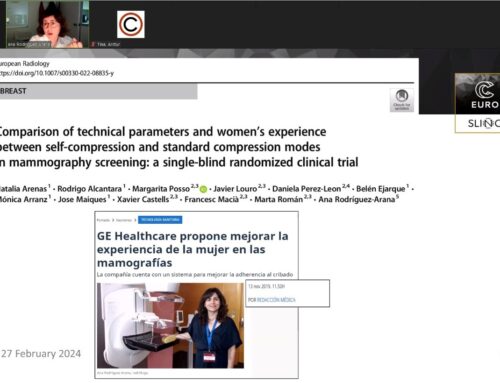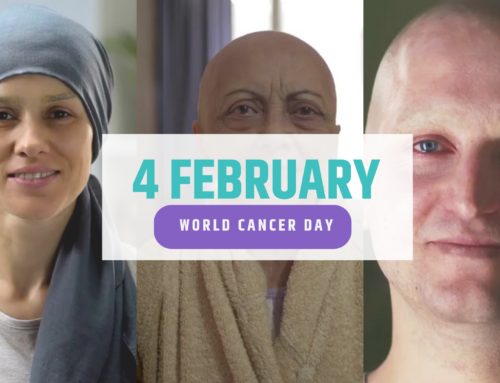The main objective of WP4 is to design a clinical study to validate this new imaging technique’s technology and software solutions. The two main parts of this work package are to solve the project’s regulatory aspects and perform a proof of concept study in a clinical environment.
Regulatory approval of a new imaging technique
When developing a new imagining technique with software and hardware solutions that have never been implemented in clinical practice, we must fulfill the legal requirements and have regulatory approval from health authorities to use these elements in clinical practice with actual patients.
The safety and reliability of all the elements used in the study (the new USCT device and the software used to reconstruct the image) must be tested and demonstrate that they are safe for the patient.
Prove concept design
A proof of concept protocol must be made to test a new software solution or medical device. We have designed this protocol to ensure that the images that are going to be acquired meet a standard of quality and can provide meaningful information about breast anatomy and pathology.
To do so, we will compare the new imaging technique with other tests that we regularly use in the hospital to diagnose and screen breast pathology. The tests that we will use to make the comparison will be mammography (X-Ray based imaging technique), breast ultrasonography, and breast magnetic resonance.
By performing this comparative study, we will be making sure that we can identify the same structures and tissues and that we are meeting the standards of quality they provide so we can use this new imaging technique in clinical practice someday.
Another critical point in the proof of concept that has been designed is to evaluate the patient’s experience when undergoing this test: how does she feels, if it was an unpleasant experience, and any feedback she can provide to the team to make sure we put the patient in the center of the clinical practice.
Text authors: Cristina Durán (FW); Ignacion Miranda (VHIR); Ana Rodríguez (VHIR); Anton Aubanell (VHIR)

